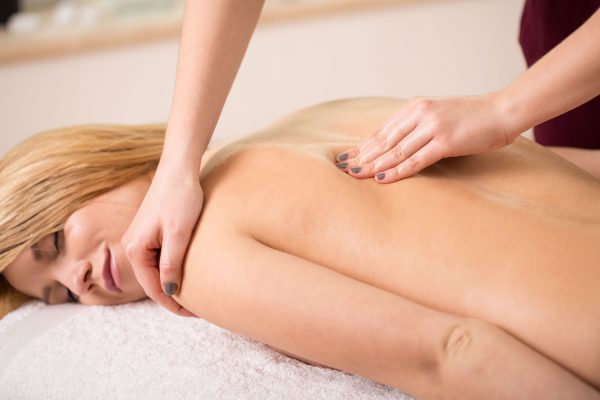Swabian Joint Center
At the Swabian Joint Center we offer you the following conservative services:
Infiltration therapy

The aim of the pain-therapeutic infiltration treatment at the Swabian Joint Center is to prevent pain by introducing suitable substances locally at the site of pain development and pain transmission.
In principle, the following applies to infiltrations at the SGZ: as targeted as possible and as little as necessary. The professional and safe execution of the infiltration has the highest priority.
- The aim of infiltration therapy close to the spinal column is to directly influence the origin of the pain.
- Infiltrations of cortisone into the joint are used in particular for painful inflammation of the synovial membrane (synovitis) and joint inflammation (arthritis).
- The administration of local anaesthetics for joint pain prevents the activated neuronal overexcitation and the associated expansion of painful areas.
- The use of hyaluronic acid as an injection into the joint is scientifically evidence-based for the treatment of degenerative diseases of the articular cartilage (chondromalacia) and osteochondral arthrosis.
- In cases of muscular tension, positive trigger points and muscle hardening (myogeloses), wheals with local anesthesia or homeopathics into the soft tissues have proven effective.
Drug therapy
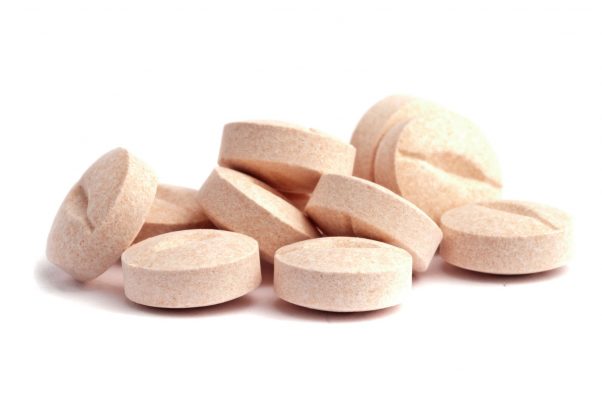
- The targeted use of pharmaceuticals is an important pillar of therapy.
- However, drug therapy should always be limited in time. The aim of drug therapy is to facilitate physical activity so that you can quickly return to normal, pain-free movement.
Cartilage and arthrosis therapy
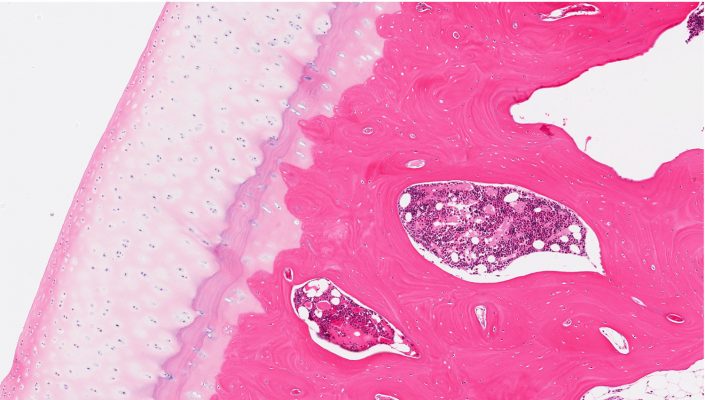
- In cartilage and arthrosis therapy at the Swabian Joint Center, we rely on scientifically proven therapy methods and the latest, promising therapeutic approaches. We would be happy to advise you in a personal conversation.
Hyaluronic acid therapy
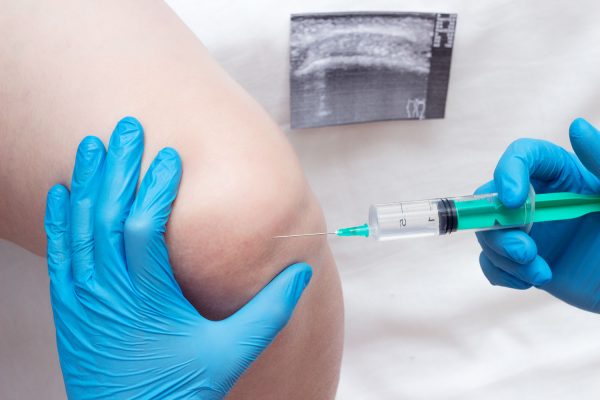
- The use of hyaluronic acid as an injection into the joint is scientifically evidence-based for the treatment of degenerative diseases of the articular cartilage (chondromalacia) and osteochondral arthrosis.
- Hyaluronic acid effectively strengthens the cartilage and makes it more resilient.
- In the case of soft tissue irritation such as tennis elbow or irritation of the outer ligaments of the ankle joint, the administration of hyaluronic acid is showing increasingly good results in scientific studies.
- Two high-quality studies (meta-analyses) show that hyaluronic acid infiltrated into the joint is an effective and sensible arthrosis therapy, especially with regard to reducing your pain and improving function.
- The administration of hyaluronic acid reduces the progression of the existing arthrosis.
- Treatment with hyaluronic acid can delay the need for an artificial joint replacement by more than 2.5 years on average.
- On the basis of this data and clinical experience, hyaluronic acid therapy has now been included by national and international professional associations as an important component in the therapy recommendations for conservative arthrosis treatment.
Autologous blood therapy (ACP): Promoting the self-healing of the body in the case of arthrosis and torn tendons
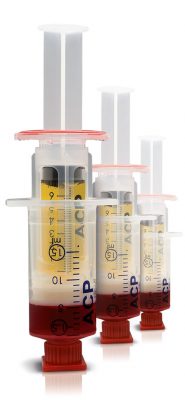
- ACP stands for Autologous Conditioned Plasma and means that some blood is taken from you.
- From this, your own blood, thrombocyte-rich plasma is then obtained by centrifugation.
- This platelet-rich plasma contains effective growth factors and the body's own anti-inflammatory substances and is then injected at the site of the disease, where it can promote regeneration.
- Cartilage wear (arthrosis) on the shoulder, elbow, hip, knee
- Torn muscle fibre
- Tendon damage, e.g. rotator cuff rupture of the shoulder, ligament injuries to the elbow (tennis elbow) or Achilles tendon rupture
- Yes, ACP therapy is nowadays used by many professional teams, e.g. in football.
- The regeneration time after injury is accelerated.
- Pain and the inflammatory reaction are reduced.
- This leads to an improvement in the function of joints and tendons.
- It is known so far that an activation of the self-healing forces occurs through the release of growth factors from thrombocytes, activation of cell growth, cell differentiation and the formation of new blood vessels.
- The ACP therapy is an alternative treatment method because the complete proof of effectiveness according to conventional medicine is missing. We therefore only use it after careful examination of your findings and after a detailed informative discussion with you.
- After a detailed explanation, some blood will be taken from a vein in your arm.
- Using a centrifuge and a special syringe system, the platelet-rich plasma is isolated from your blood, which contains your own effective growth factors and the body's own highly concentrated anti-inflammatory transmitter substances.
- After only a few minutes, the patient's own plasma can be injected directly to develop its healing effect on site.
- This treatment is performed 3-5 times a week.
- The ACP treatment is purely a self-paying service.
- Many private health insurance companies reimburse the costs of this therapy.
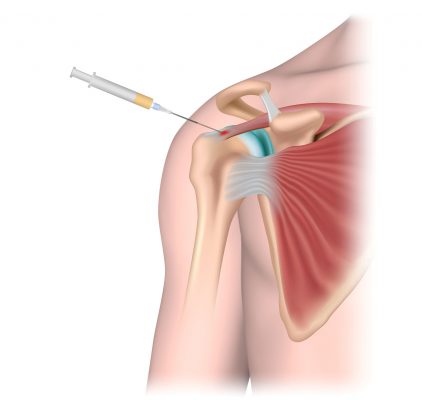
Autologous blood (ACP) therapy for the treatment of a partial rupture of the rotator cuff
Shockwave therapy
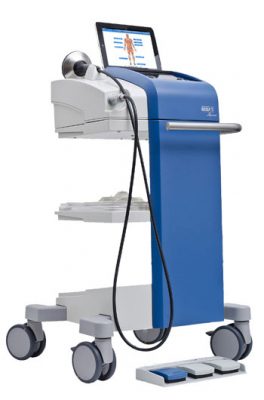
- In fluid mechanics, shock waves are strong pressure waves which are non-medically generated, e.g. by detonations, and are generated in a medically targeted manner by a sound probe.
- In medicine, we use these mechanical-acoustic pressure pulses of shock waves, which are characterized by a rapid increase in pressure and a short pulse duration.
- Targeted= focused shock waves
- General= non-focused shock waves which are less energetic and spread out over a larger area.
- In shock wave therapy, the shock waves are generated electromagnetically with the help of a special device, the sound probe.
- The shock waves are generated outside the body (extracorporeally) by the sound probe, which is why it is also called extracorporeal shock wave therapy (ESWT).
- The sound probe lies on the skin and the shock waves penetrate the skin and soft tissue such as fat and muscles without damaging them.
- Non-focused shock waves spread over a large area of the body and are intended to support the healing process and relieve pain by stimulating the tissue, stimulating cell metabolism and improving blood circulation.
- The mechanism of action of shock wave therapy here essentially consists in the fact that the shock waves stimulate mechanosensitive cells (tendons, bones, muscles).
- Here the mechanical impulses are converted into chemical and electrical responses.
- In the focused application, the shock waves only release their energy when they encounter solid resistance. In medical applications, for example, as focused shock waves they break up the typical calcifications of a calcified shoulder or kidney stones.
- No, shock wave therapy was first used in 1980 to treat kidney stones.
- Since the mid-nineties shock wave therapy has been successfully used in the treatment of various muscle and joint diseases.
- Shoulder: Calcified shoulder, inflammation of the tendon attachments
- Elbows: Tennis elbow and golfer's elbow
- Knee: Runner's knee
- Achilles tendon: inflammation of the Achilles tendon
- Heel: Heel spur (Fasciitis plantaris)
- Hip: Greater Trochanter Pain Syndrome GTPS
- muscle tension, myofascial pain
- Back pain: Trigger shock wave therapy
- Bone healing: At medium and high energy flux densities of the shock wave, the bone metabolism is stimulated. This can support fracture healing, which is used therapeutically in the absence of healing of a bone fracture (pseudarthrosis) at the SSC.
- Depending on the cause of the pain and the shock wave device used, a treatment session lasts between 10 and 15 minutes.
- The prices for the treatment depend on the type of device used (focused vs. non-focused shock wave) and the respective treatment effort. We will be happy to inform you in a personal conversation.
- Private health insurance companies usually cover the costs of shock wave treatment in full.
- Yes, there is a high level of evidence for the effectiveness of shock wave therapy in the treatment of pseudarthrosis, plantar fasciitis, calcified shoulder and chronic tennis elbow.
- Serious complications are not to be feared if shock wave therapy is used properly.
- In all the above-mentioned fields of application of shock wave therapy, slight pain may occur during the treatment.
- In some cases, temporary swelling or bruising (haematomas) may occur in the area of treatment. These usually do not require any further therapy.
- Marcumar and aspirin must be discontinued before.
- This form of therapy is not used for blood coagulation disorders.
Back-to-Balance-Therapy® / B2B-Therapy®
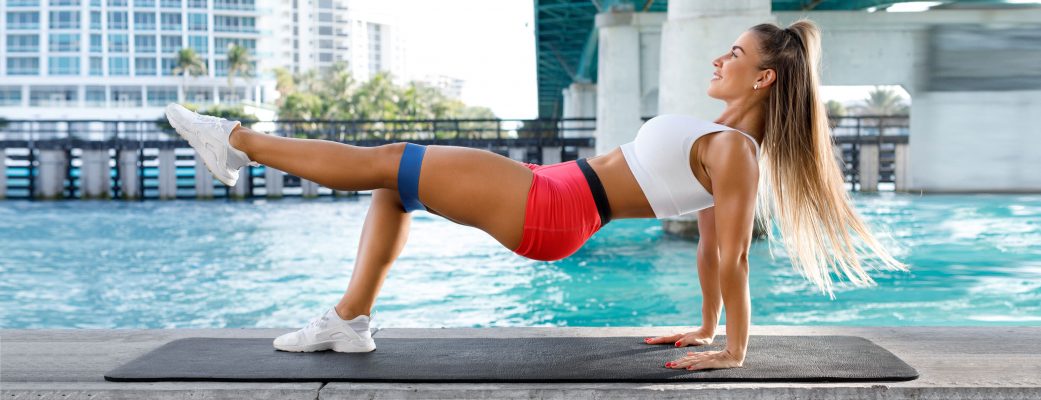
- B2B-Therapy® = Back-To-Balance-Therapy® is based on the knowledge that the majority of back pain cannot be resolved by surgery because there is no or only little structural damage to the spine.
- It is not possible to remove this pain and if surgery is performed, the result will not be good.
- For functional back pain caused by muscular imbalances, i.e. disturbed regulation ability of the musculature between tension and relaxation, B2B therapy offers a structured, promising therapy to make you as a back patient permanently pain-free.
- Since the cause of functional back pain is a dysbalance, i.e. the disturbed regulation ability of the muscles between tension and relaxation, the most important principle of B2B-Therapy® is that this functional pain is also treated functionally. They cannot be operated away.
- After a detailed clarification that there are no alarm signs, a therapy plan consisting of 2 pillars is drawn up: passive and active therapy.
- In the acute phase of back pain, we support you in the context of passive therapy with drug therapy such as painkillers and muscle relaxants, if necessary in combination with advanced treatment methods such as local infiltrations, shock wave therapy, chiropractic therapy and electrotherapy.
- These passive methods provide significant pain relief but do not minimize the risk of recurrence.
- Here the second therapy pillar, the active therapy, is decisive. We from the SGZ team want to motivate you to move symmetrically despite pain, not to lie down but to be active. We will help you to help yourself, so that you can learn your own exercises to get back into balance.
- It is crucial that a symmetrical balance of both the surface muscles and the deep muscles is restored.
- We from the Swabian Joint Center will accompany you during your healing progress.
- The prices for B2B therapy depend on the type and frequency of the applications and the respective treatment effort.
- We would be pleased to inform you in a personal conversation.
Sports medicine - sports therapy: Life is movement!
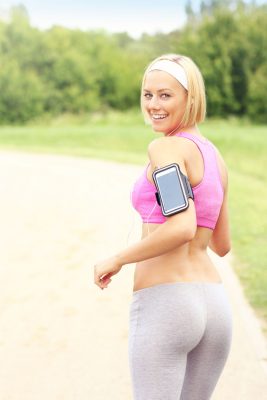
Physical activity leads to positive health results.
Physical activity and physical training is used for the prevention and therapy of various clinical pictures.
- Physical activity is any kind of motoric movement in which active muscle work raises the energy metabolism above the resting metabolism.
- A distinction is made between different types of physical activity such as everyday exercise, leisure sports, endurance training, strength training, etc. that have a positive effect on your health.
- The effect on your health depends on quantitative factors of physical activity such as intensity, duration, frequency, energy consumption.
- Training and movement therapy with medical training support
Mental training at the Swabian Joint Center
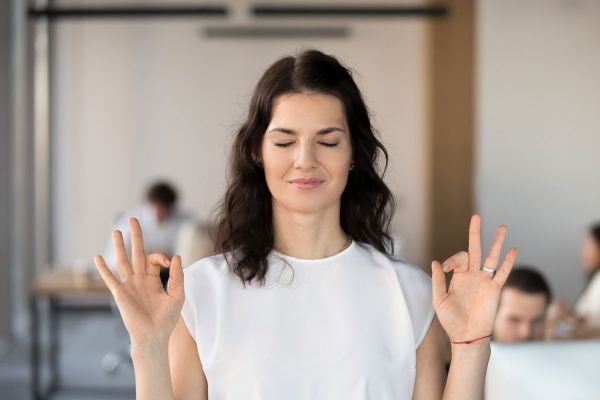
At the Swabian Joint Center we use mental training as a therapeutic method within the framework of prevention, performance optimization and rehabilitation.
- Mental training is used to optimise performance in top-class sport.
- Mental training is the conscious idea of a movement or a sequence of movements without its practical execution.
- Mental training is therefore perfectly suited as a supportive (supplementary) therapy for joint complaints of any kind as well as for rapid rehabilitation after joint surgery.
- Relaxation method as a preventive measure
- Autosuggestion and targeted subliminal influence
Electrotherapy - TENS (transcutaneous electrical nerve stimulation)
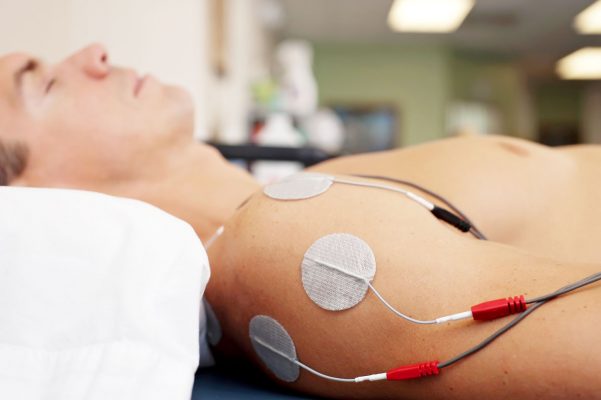
Naturopathy and homeopathy
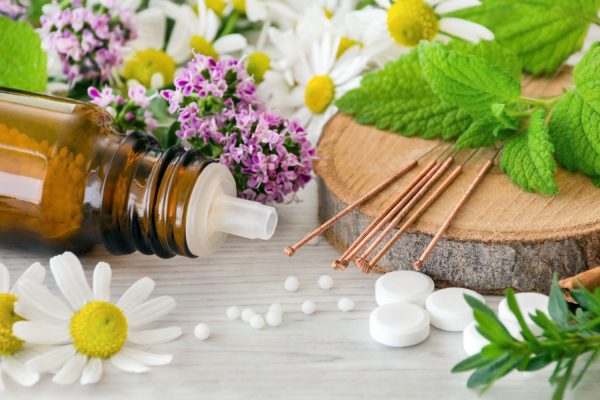
Infusion therapy
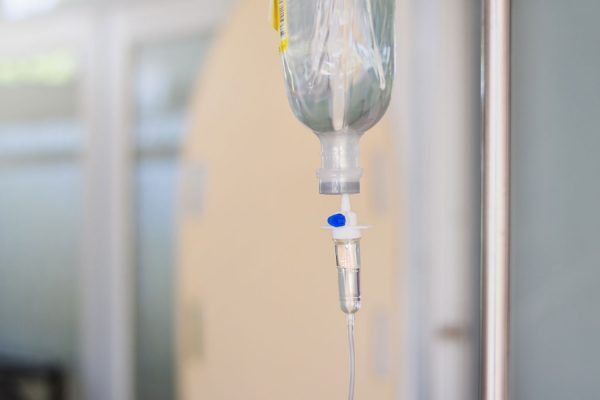
Taping
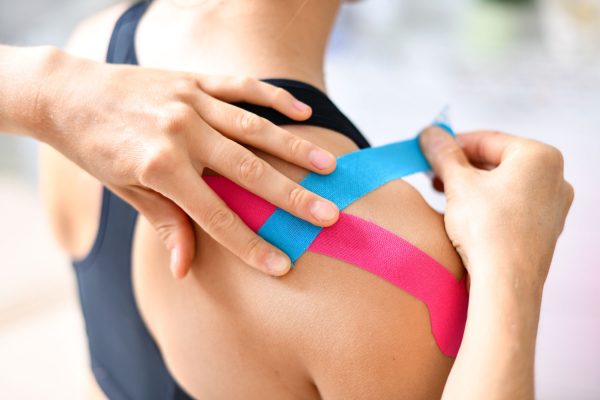
Manual therapy - Chirotherapy -Osteopathic procedures
